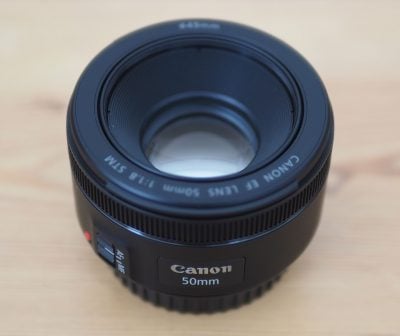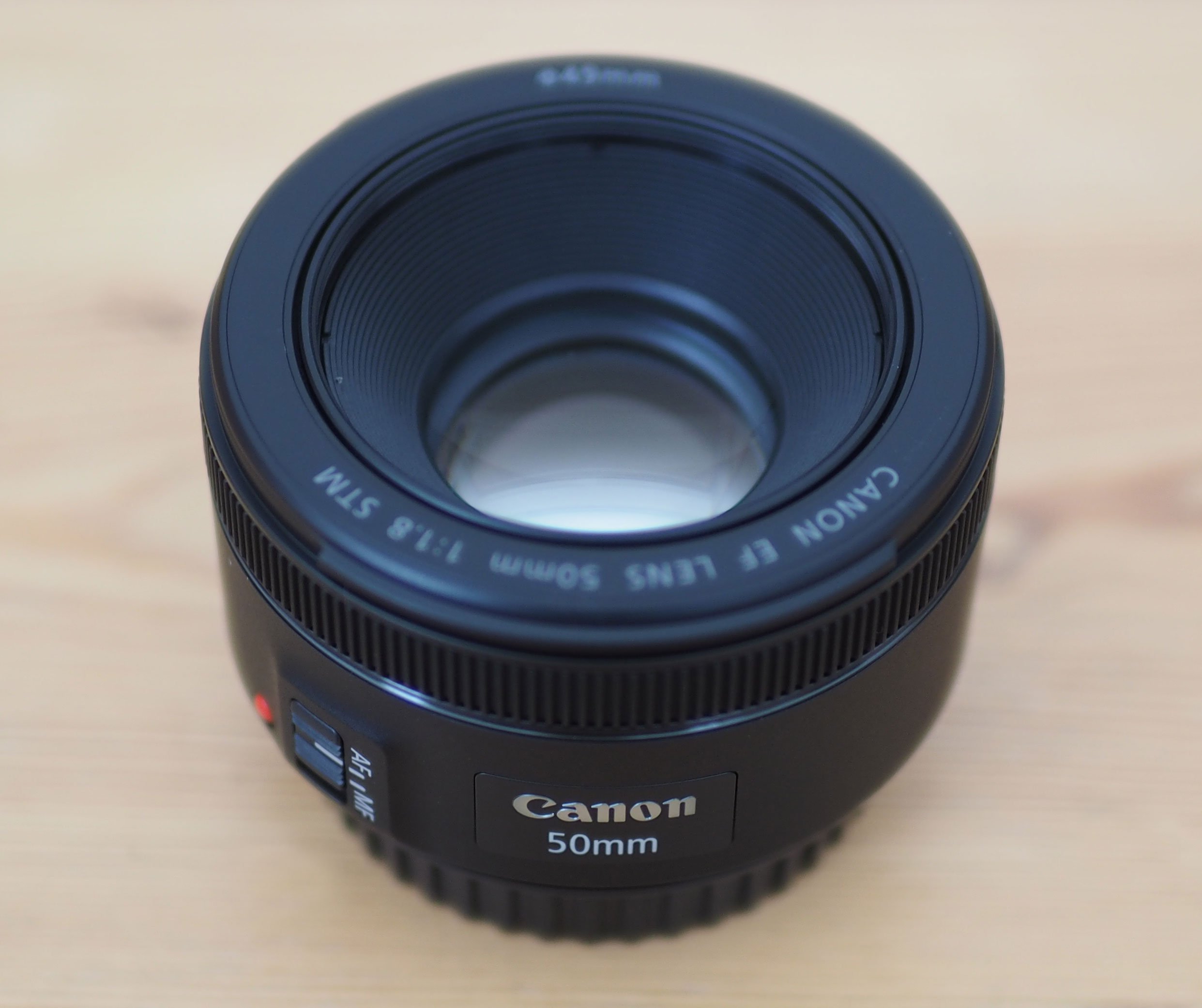
Canon EF 50mm f1.8 STM review
-
-
Written by Gordon Laing
In depth
Canon’s EF 50mm f1.8 STM is a low-priced standard ‘prime’ lens for the EOS range of DSLRs. Announced in May 2015, it’s the long-awaited replacement for the EF 50mm f1.8 II, the most successful lens in the EF catalogue, yet one that’s actually 24 years old. Note ‘prime’ is the name given to a lens with a fixed focal length as opposed to a variable zoom; so if you want the subject to appear bigger with a prime lens, you simply have to get closer to it, ‘zooming’ with your feet.
The earlier EF 50mm f1.8 II was enormously successful for a number of key reasons. Firstly, flexibility. If you have a full-frame body, it delivers standard coverage for general-purpose use, and if you mount it on a cropped-frame body, it’s transformed into an 80mm-equivalent that’s perfect for portraits. Secondly, depth of field. With an f1.8 focal ratio, it’s easier to blur the backgrounds whether you’re shooting people, products or details. Third, the brighter aperture gathers more light than typical zooms, allowing you to shoot with faster shutter speeds or lower ISOs in dim light. Fourth, and arguably most importantly, price. Typically costing less than 100 dollars or pounds, not only was it the cheapest prime lens in the EF catalogue, but one of the cheapest lenses period. No wonder the 50mm f1.8 became the first choice for DSLR owners buying their second lens to explore fixed focal lengths and shallow depths of fields.
The new EF 50mm f1.8 STM keeps the same focal length and aperture of its predecessor, not to mention a six element / five group construction. But instead of five diaphragm blades, there’s now seven, promising smoother out-of-focus effects, and a closer focusing distance of 35cm compared to 45cm. The plastic lens mount of its predecessor has been replaced with a metal one, it’s fractionally heavier by 30 grams and employs a slightly narrower filter thread of 49mm. Most importantly the slow and noisy micro motor AF has been swapped for Canon’s more modern STM system for quicker and quieter focusing that’s ideal for movies. The thrifty-fifty finally has a sequel and in my review I’ll compare it against the typical Canon kit zoom as well as its best-selling predecessor.
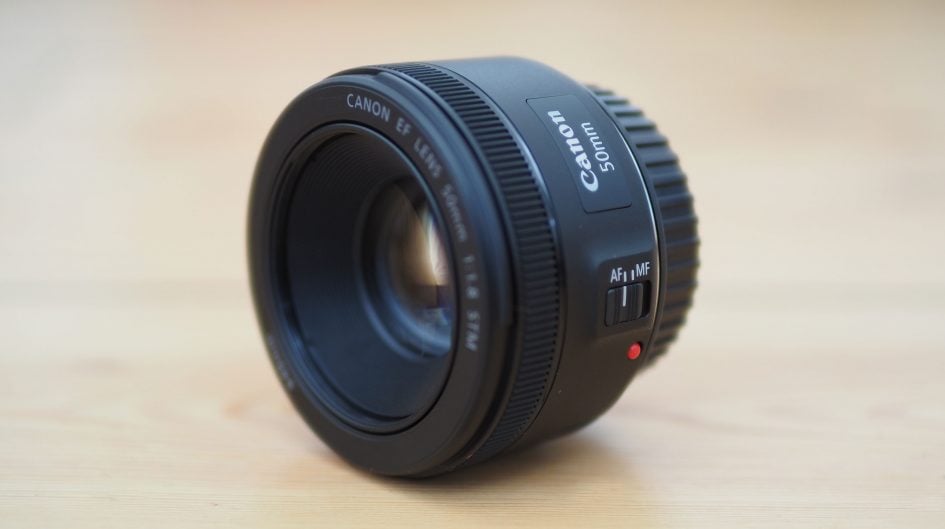
Canon EF 50mm f1.8 STM design
The EF 50mm f1.8 STM is a simple-looking lens with a plain barrel featuring little more than the AF / MF switch and a thin focusing ring at the end. In this respect it’s similar to the earlier EF 50mm f1.8 II, and indeed at 69x39mm and weighing 160g, it’s virtually the same size and weight, but place them side-by-side and they look and feel quite different.
Both lenses have plastic shells, but the new EF 50mm f1.8 STM employs a matte finish compared to the shinier appearance of the older model. The focusing ring on the new STM version is wider and turns more smoothly, and you don’t need to switch to MF to disengage the focusing motor either.
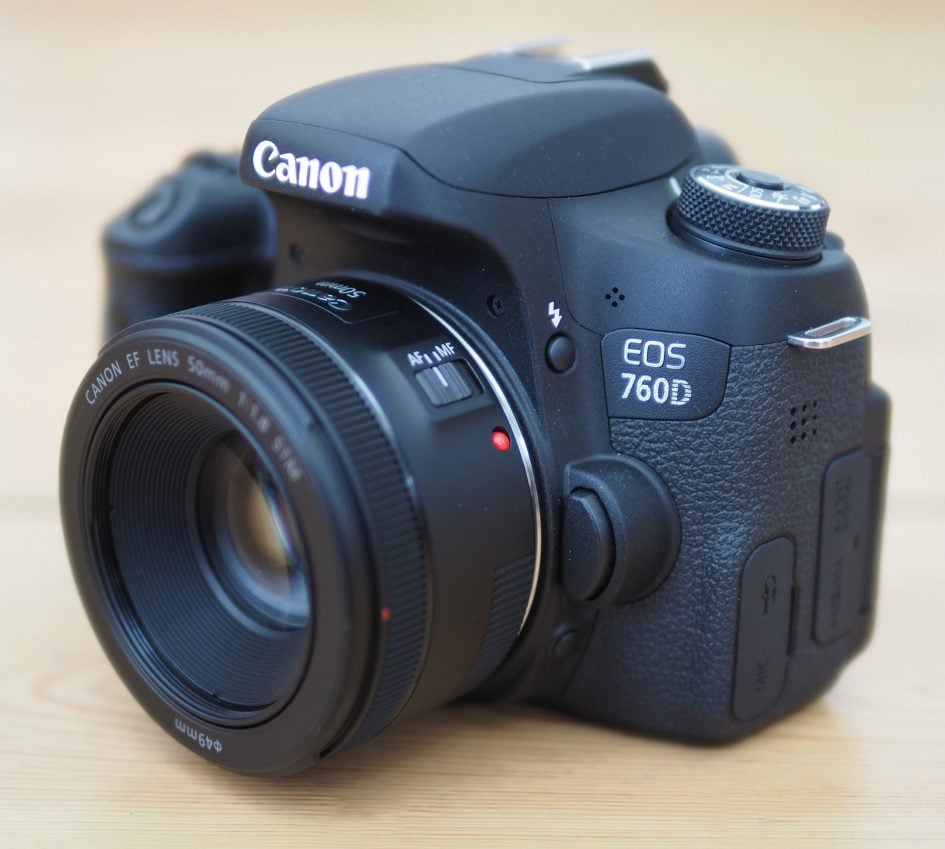
The build quality is roughly similar, but I’m pleased to see the plastic mount of the older model has been replaced with a metal bayonet on the new one. This along with the smoother focusing ring and smarter finish all lend a classier feel to the new model.
Canon EF 50mm f1.8 STM focusing
Both the EF 50mm f1.8 II and EF 50mm f1.8 STM models extend an inner barrel while focusing, but on the STM version it’s narrower, a dimension reflected in the filter thread: 49mm on the STM lens versus 52mm on the old model. A lens cap is supplied, but the hood is an optional extra.
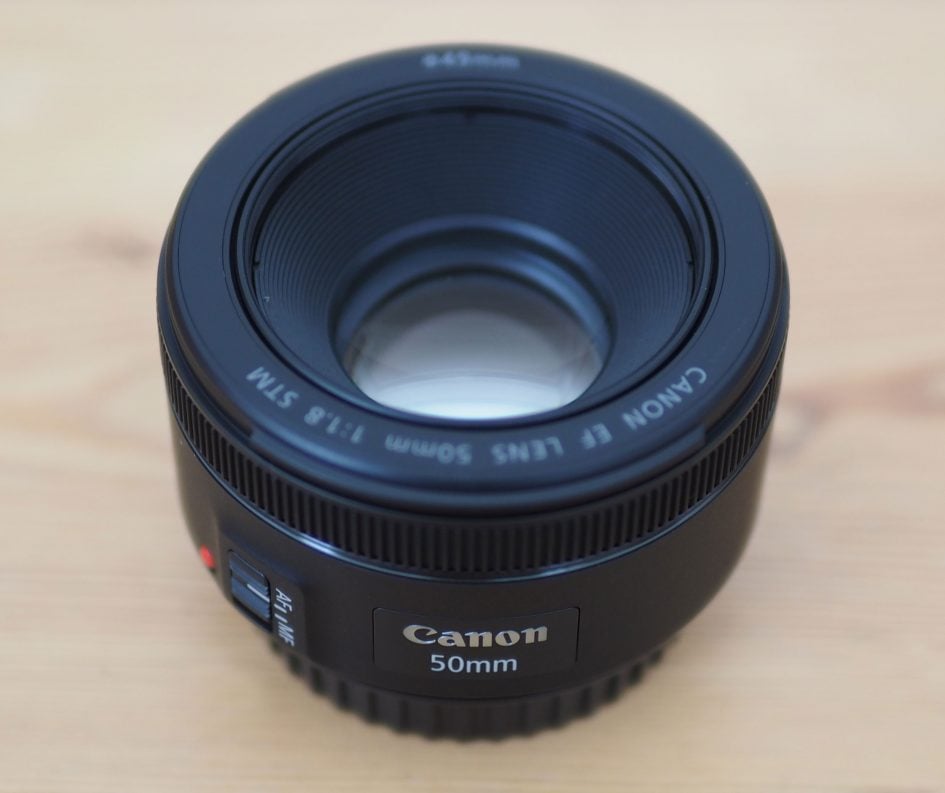
In terms of autofocus, the EF 50mm f1.8 STM may be slower and louder than you expect, especially if your only experience with STM lenses concerns the kit zooms. Canon produces two main types of STM motors: the Lead-type, employed by the zooms, are fairly large but focus very quickly and in virtual silence, while the Gear-type motors are smaller, but focus more slowly and quite audibly. The choice of motor is dictated by the size of the lens and sadly the EF 50mm f1.8 STM falls into the smaller and lighter category that demands the slower and louder Gear-type motor.
So the focusing on the EF 50mm f1.8 STM takes roughly one second to travel from the nearest focusing distance to infinity, making a fairly high-pitched motor whir while it does it. But it is important to note it is still a lot quieter than the Micro Motor in the older EF 50mm f1.8 II that operates with a loud mechanical grind you can almost feel through the camera body. I’d say the focusing speed of both lenses was similar, although the newer STM version felt smoother and therefore preferable for movies. Here’s a video showing focus-pulling with the EF 50mm f1.8 STM on an EOS 760D / T6s body.
Above: Download the original file (Registered members of Vimeo only). In this clip I’ve kept the camera still, but tapped the screen to reposition the AF area. Here the camera pulls-focus wherever I tap on the screen, again with confidence and smoothness. There’s minor hesitation when it can’t pick-up enough contrast on the subject, but to be fair it does a good job overall.
So it’s definitely smoother and quieter than its predecessor, but it’s certainly not as quick and quiet as the STM zooms I’ve tested, due to their actual type of STM motors.
PS – You can also see the EF 50mm f1.8 STM in action on a high-end full-frame DSLR in the following video. At six minutes into the video you’ll see the EOS 5D Mark IV driving it for a face-tracking test.
Canon EF 50mm f1.8 STM optical construction
At first glance, the newer EF 50mm f1.8 STM appears to share a great deal of optical specifications with its predecessor, the EF 50mm f1.8 II. Both employ designs with six elements in five groups, both share the same maximum and minimum apertures of f1.8 and f22 respectively, and both of course also share the same 50mm focal length. But the two lenses actually differ a fair amount in terms of optical performance, including their closest focusing distance, number of aperture blades and, in my tests, their sharpness across the frame.
I’ll start however with their focal length: 50mm which delivers so-called standard coverage on full-frame, close to the magnification of the human eye, and 80mm equivalent on Canon’s cropped-frame APS-C bodies. On full-frame the standard coverage makes it an ideal general-purpose lens, which harks back to the days when all 35mm film cameras were sold with the same focal length lens: wide enough for a reasonable landscape or group shot, but long enough for detail or a fair portrait. Mounted on an APS-C body though, the crop to an 80mm equivalent takes it comfortably into the short-telephoto category, too long for general use, but ideal for portrait work. Here’s the same composition shot with the EF 50mm f1.8 STM mounted on a full-frame body, left, and an APS-C cropped body on the right.

Above: Canon EF 50mm f1.8 STM coverage. Full frame (left), APS-C (right)
Here’s three shots taken with the lens mounted on a full-frame body to illustrate the flexibility of the 50mm ‘standard’ coverage.

Above: Canon EF 50mm f1.8 STM on full-frame body

Above: Canon EF 50mm f1.8 STM on full-frame body

Above: Canon EF 50mm f1.8 STM on full-frame body
Mounted on an APS-C body, the 80mm equivalent coverage encourages you to go for tighter views, portraits and close-ups. Here’s three taken with the EF 50mm f1.8 STM mounted on an APS-C body, and as you’ll see, there’s also a strong temptation to open the aperture wide for shallow depth-of-field effects which I’ll discuss in a moment.
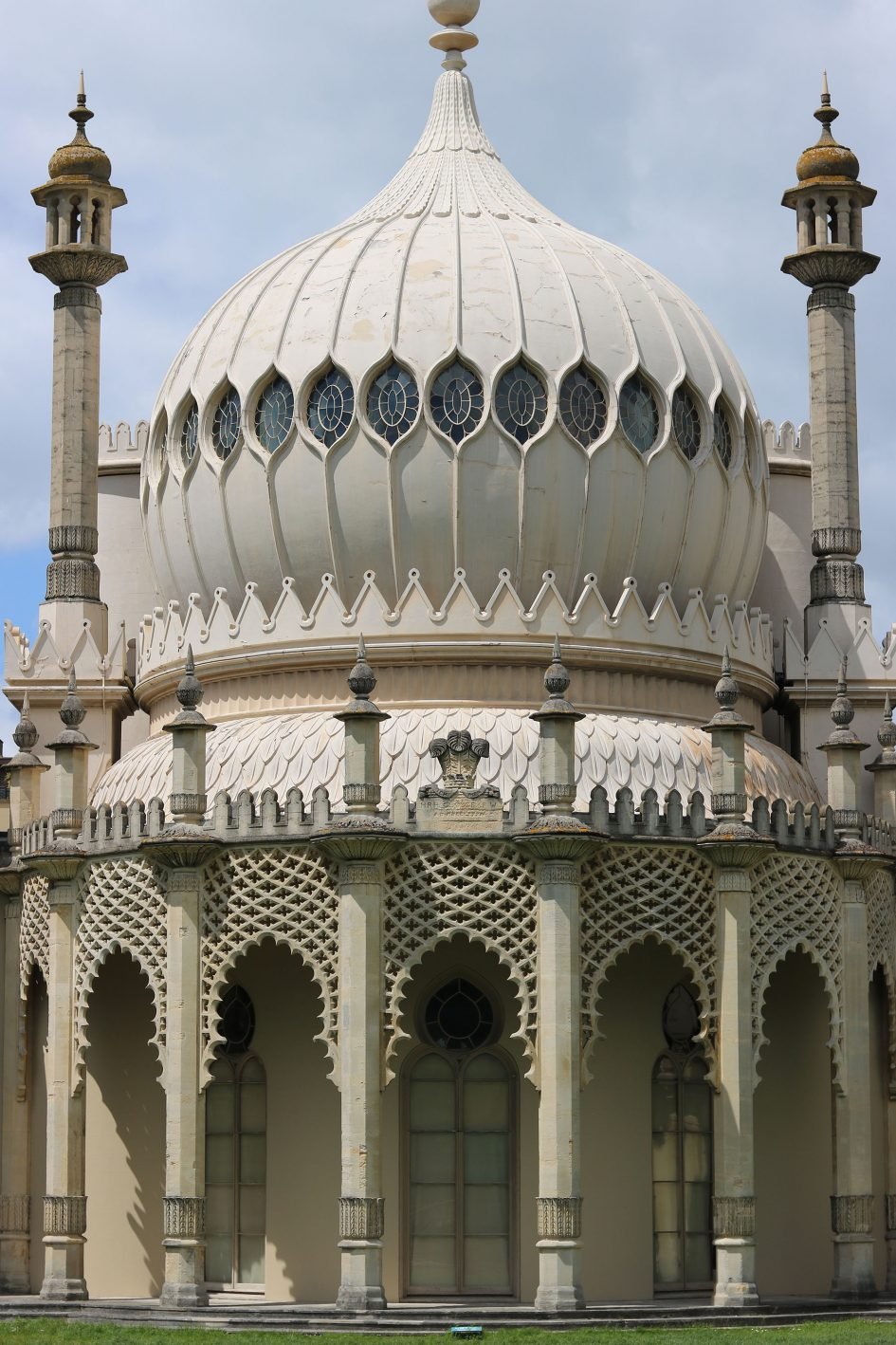
Above: Canon EF 50mm f1.8 STM on APS-C body

Above: Canon EF 50mm f1.8 STM on APS-C body

Above: Canon EF 50mm f1.8 STM on APS-C body
Of course it’s fait to say most people already own at least one lens which includes the 50mm focal length before considering this one, so why bother duplicating it? Surely the next lens you buy should feature a different focal length? Well, as mentioned at the top of the page, the benefits of going for a dedicated fixed focal length ‘prime’ lens like the EF 50mm f1.8 STM include a brighter aperture and generally better quality. In terms of the former, a brighter aperture lets the lens gather more light, in turn allowing you to shoot at faster shutter speeds or deploy lower ISO sensitivities under the same light conditions.
Many photographers considering the EF 50mm f1.8 STM will already own one of Canon’s zooms, in particular one of the EF-S 18-55mm f3.5-5.6 models, or perhaps the EF-S 18-135mm. Both lenses of course include the 50mm focal length, but by the time they reach it, they’ll be operating at an aperture of (around) f5.6, which is more than three stops slower than the EF 50mm f1.8 STM. Even if you have a high-end general-purpose zoom with an f2.8 or f4 aperture, an f1.8 lens can still operate more than one stop or two stops faster respectively.
Extra light gathering power comes-into its own when light levels are low. An aperture that’s one stop brighter will let you halve the shutter speed or ISO. Two stops will halve them again, and three will halve them once more. Let’s say you were faced with a shutter speed of 1/6 at f5.6; switching to an f1.8 lens would let you shoot at 1/60 under the same light with the same ISO. Or lets say in order to achieve the desired shutter speed in low light, you were forced to shoot at 6400 ISO and suffer lots of noise when using a lens at f5.6. If you switched to an f1.8 lens, you’d be able to maintain the same shutter speed at 640 ISO and enjoy a much cleaner result.
The benefits of a brighter aperture are clear for low light, but equally, or in some cases even more attractive, is the ability to deliver a shallower depth-of-field, for greater control over blurring and subject separation. To put it simply: if you want to blur the background on a portrait or close-up, you want a lens with a bright aperture / small -number.
To illustrate the difference between the EF-S 18-55mm f3.5-5.6 kit zoom at 50mm and the EF 50mm STM f1.8, when both are set to their maximum respective apertures of f5.6 and f1.8, I took a portrait and a macro shot with a Canon APS-C body.
In the first example below you can see the kit zoom at 50mm f5.6 on the left and the prime lens on the right at f1.8, and it’s clear how the latter has produced much greater blurring of the background. This in turn makes it less distracting, and provides greater separation between it and the subject. I should also add, this was the real-life example where the exposure on the left was 1/6 and the exposure on the right was 1/60, both at 800 ISO, moments apart.

Above: Canon EF-S 18-55mm at 50mm f5.6 (left), Canon EF 50mm f1.8 STM at f1.8 (right)
Next-up a macro shot with some conveniently placed lights and windows in the background. Once again on the left, 50mm at f5.6 and on the right, 50mm at f1.8, both on an APS-C body, and again the difference in blurring is significant. In particular in the example on the right, the lamps have been blown-into ‘bokeh blobs’, while people in the near background which are distracting on the f5.6 version has been obliterated at f1.8. The version on the left is busy and confusing, whereas the one on the right is clearly about the sugar jar and nothing else.

Above: Canon EF-S 18-55mm at 50mm f5.6 (left), Canon EF 50mm f1.8 STM at f1.8 (right)
Here are some more examples of the depth-of-field when shooting at f1.8, and like all lenses, the effect is accentuated at closer focusing distances.
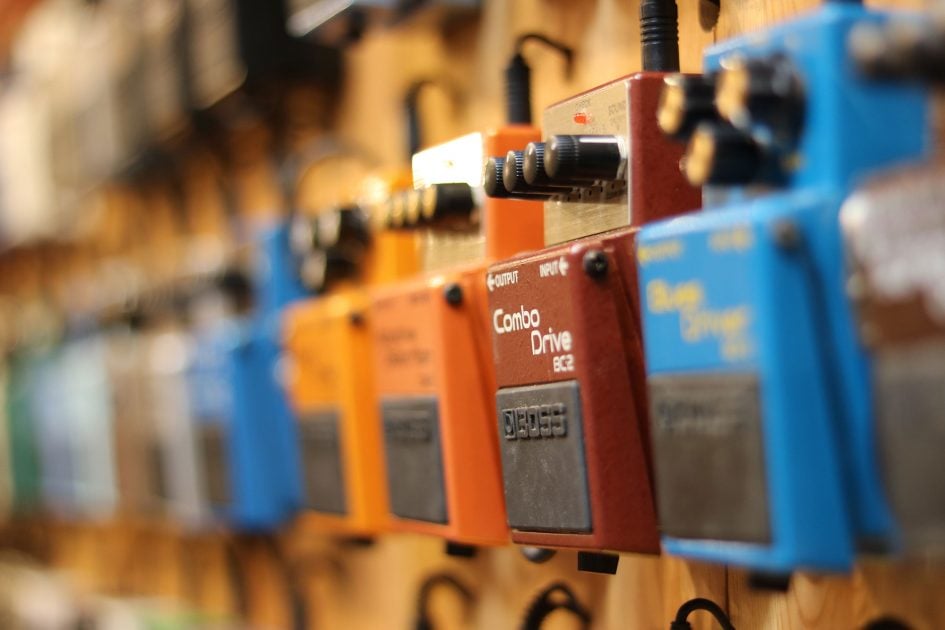
Above: Canon EF 50mm f1.8 STM at f1.8

Above: Canon EF 50mm f1.8 STM at f1.8
The examples above clearly illustrate the benefit of exposure and depth of field over an optically slower kit zoom, but how does the EF 50mm f1.8 STM lens compare against the older EF 50mm f1.8 II? Since we’re already looking at close-ups, I wanted to illustrate the difference between their closest focusing distances: 45cm on the old model versus 35cm on the new one. In the comparison below I focused as close as possible with each lens mounted on an APS-C body, and the difference in reproduction is quite apparent: the new lens lets you focus closer, in turn making subjects appear larger on the frame. An easy win for the new lens for anyone who likes close-up details.

Above: Canon EF 50mm f1.8 II (left), Canon EF 50mm f1.8 STM (right). Both at closest focusing distances
Canon has also upgraded the number of diaphragm blades from five to seven. The blades define the shape of the aperture opening as you close it down from the maximum value, and these in turn have an optical impact on blurred elements, as well as bright point sources of light. In terms of the former, you’ll begin to see blurred points of light adopt the actual shape of the aperture opening, revealing the number of sides and their curvature. There is however no correct answer here, only personal preference. Some like to see defined geometric shapes, while others prefer perfectly round blobs. Either way, here’s how the EF 50mm f1.8 II (in the left column) and the EF 50mm f1.8 STM (in the right column) compare as their apertures are gradually closed from their maximum.

Above: Canon EF 50mm f1.8 II (left), Canon EF 50mm f1.8 STM (right). Both at f1.8

Above: Canon EF 50mm f1.8 II (left), Canon EF 50mm f1.8 STM (right). Both at f2

Above: Canon EF 50mm f1.8 II (left), Canon EF 50mm f1.8 STM (right). Both at f2.8

Above: Canon EF 50mm f1.8 II (left), Canon EF 50mm f1.8 STM (right). Both at f4

Above: Canon EF 50mm f1.8 II (left), Canon EF 50mm f1.8 STM (right). Both at f5.6

Above: Canon EF 50mm f1.8 II (left), Canon EF 50mm f1.8 STM (right). Both at f8
In the sequence above, you can clearly see the five-sided shapes of the aperture of the older EF 50mm f1.8 II in the left column, compared to the much more rounded shapes of the newer EF 50mm f1.8 STM in the right column. Technically speaking the latter is superior, but again you may prefer the aesthetics of the former.
But how do the two lenses compare in terms of sharpness across the frame? Find out in my quality page, or skip to my sample images (from full-frame and APS-C bodies) or check out my verdict.
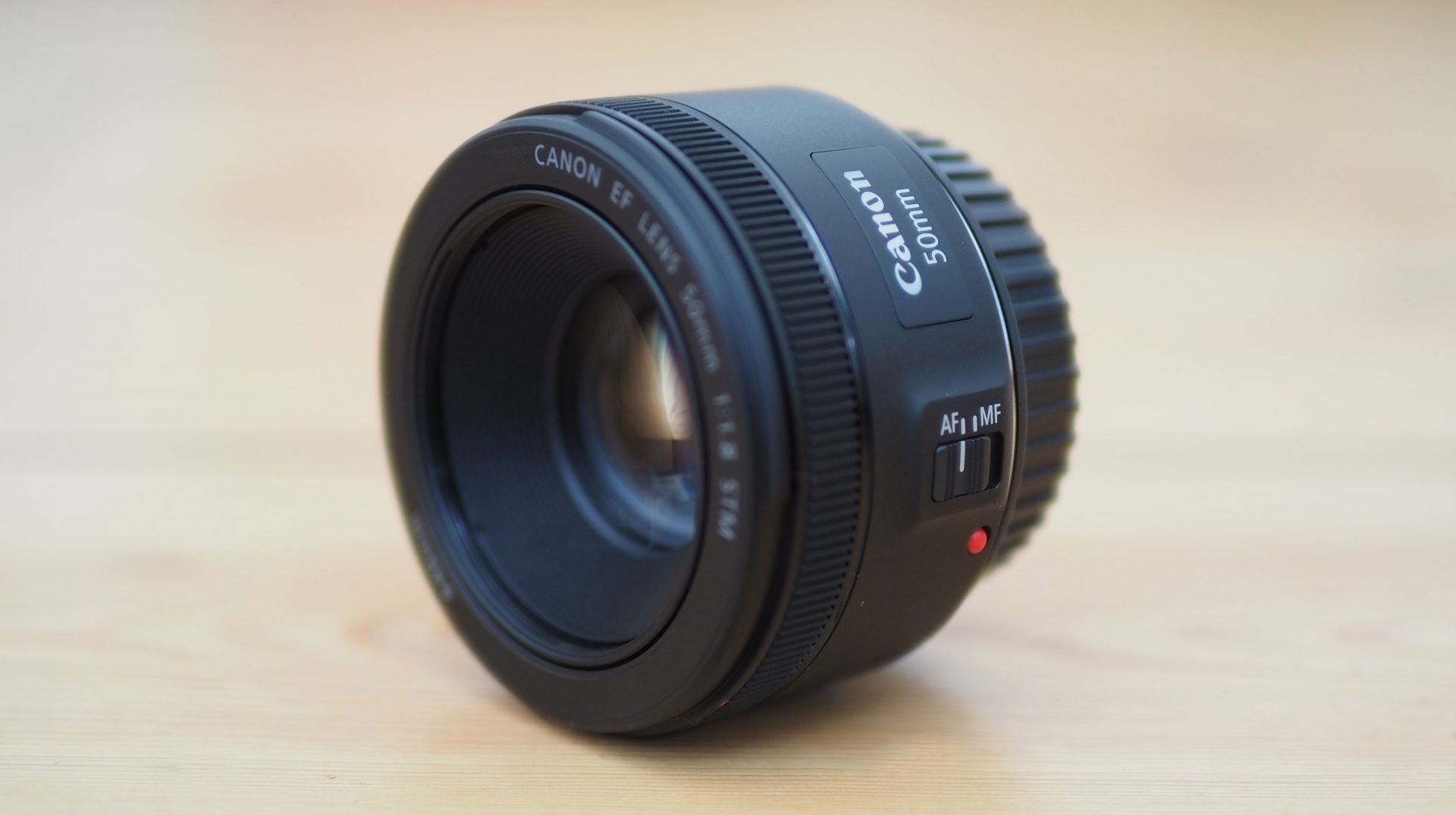
 Canon's EF 50mm f1.8 STM finally upgrades the 24 year old EF 50mm f1.8 II with smoother focusing, more rounded aperture blades, closer focusing and a tougher lens mount. Like its predecessor, it'll gather over eight times more light than a typical kit zoom, making it great in low-light, deliver a shallower depth-of-field for attractive blurred backgrounds, and capture sharper results too. Meanwhile the low price makes it the most affordable lens in Canon's catalogue and the closest you'll find to a no-brainer, whether you own a DSLR or intend to adapt it to a mirrorless body. Mount it on a cropped-frame / APSC DSLR or mirrorless camera and it also becomes equivalent to 80mm, making it perfect for portraits. Bottom line? It should be in every Canon owner's collection.
Canon's EF 50mm f1.8 STM finally upgrades the 24 year old EF 50mm f1.8 II with smoother focusing, more rounded aperture blades, closer focusing and a tougher lens mount. Like its predecessor, it'll gather over eight times more light than a typical kit zoom, making it great in low-light, deliver a shallower depth-of-field for attractive blurred backgrounds, and capture sharper results too. Meanwhile the low price makes it the most affordable lens in Canon's catalogue and the closest you'll find to a no-brainer, whether you own a DSLR or intend to adapt it to a mirrorless body. Mount it on a cropped-frame / APSC DSLR or mirrorless camera and it also becomes equivalent to 80mm, making it perfect for portraits. Bottom line? It should be in every Canon owner's collection.



